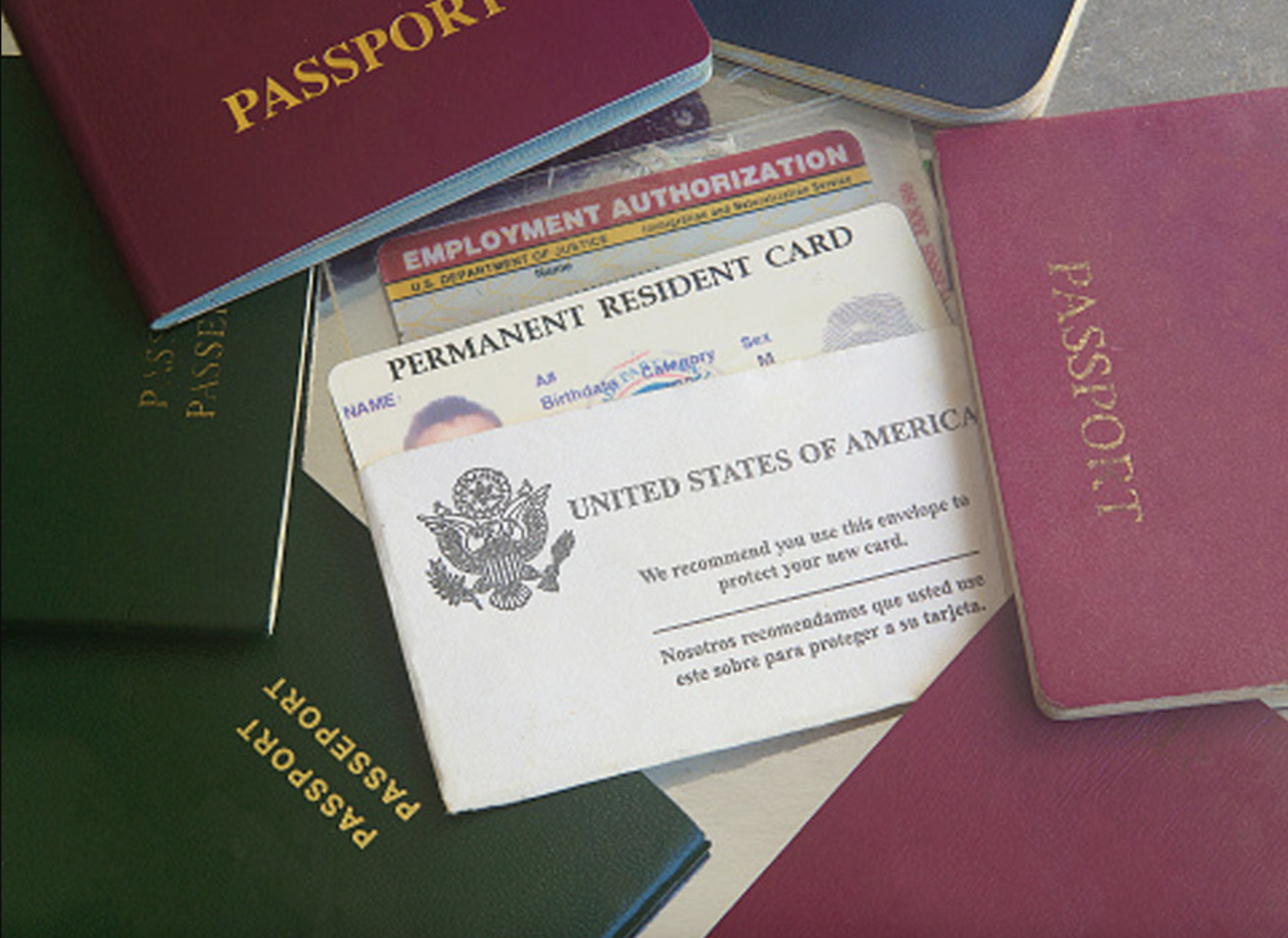If you’re looking to obtain a work visa for the United States, there are several options that immigrants can explore. For example, you can choose between opting for an employment based green card or applying for a temporary work visa.
There are different types of temporary work visas that are time-bound, meaning that they are short stay visas. After their visa expires, individuals have two choices. One is to leave the U.S. after the visa has expired, or they can renew it with help from their employer. You can also apply for adjustment of status during your stay within the U.S. Many applicants use this method to obtain a green card.
However, if you obtain a green card based on employment, you are not bound by time as you are considered to be a permanent resident of the United States.
While most may prefer the green card option, individuals have to meet a specific criterion to be eligible. To be able to work legally, a work visa is a must for foreigners. The type of occupation also signifies what visa type you may be eligible for.
Skilled individuals are more likely to get the visa easily, as those jobs are more in demand.
Types of Short-Term Work Visas
-
- E Visa: There are two types of E visas, i.e., E-1 and E-2 visas. The E-1 visa type is only accessible to individuals from countries who have a treaty of commerce with the US. The E-2 visa type is perfect for individuals looking to start a business in the U.S. This may be investment based or depending on the type of startup. Again, this visa category is only accessible to countries that have signed a treaty of commerce.
- NAFTA Work Visa: This visa is provided to the citizens of Mexico and Canada. This is due to the trade deal signed in 1994 that encourages economic prosperity by facilitating economic integration.
- L Visa: This visa type is perfect for individuals looking to expand their current business in the United States. It is accessible to employees working in companies that are working outside the U.S. but have partners, affiliates or branches within the states.
- O Visa: This visa type is reserved for people with extraordinary abilities. These people must be recognized internationally for their excellence:
- H-1 B Visa: This visa type does not require any specific degree, but most applicants within this category are highly educated. This temporary permit allows individuals to work within preselected ‘specialty’ positions within companies.
Types of Long-Term Visas
- EB1: This green card-based visa is reserved for ‘priority’ workers. They would need to fall under three categories, i.e., Multinational Manger, Outstanding Researcher or Academic Professional, Extraordinary Ability.
- EB2: More commonly known as the advanced degree visa, this was created for immigrants who have exceptional abilities and hold an advanced degree. Again, they must fall under three categories, i.e., National Interest Waiver, Advanced Degree or Exceptional Ability.
- EB3: This visa type is more common than the rest, because it includes both skilled and unskilled workers. Exceptional ability is not required in this vias type and it is provided to competent workers.
- EB4: There are two categories for this visa type, i.e. Special Immigrant Juveniles or Religious workers. They need to be able to prove their special immigrant status and can apply for permanent residency within the US.
- EB5: This visa category is primarily for investors. The visa category was put into place to attract foreign investments to the U.S. The minimum investment amount is close to $1.05 million and is very popular among business applicants.
Applying For Permanent Residency
If you would like to adjust your status from a temporary visa to a green card, the process is extremely simple. You always have the chance to adjust your status, provided you fit the criteria. For long term visas, you can apply through family sponsorship or through employment.
Here are some of the steps you’ll have to follow to adjust your status:
- Determine eligibility for your Green Card application
- Collect necessary documentation for your application
- Check if you have any other visa restrictions
- Fill out Form i-485 and submit it
- Attend your Immigration Interview in an embassy near you
- Provide biometric information
- Submit any required supporting documentation.
If you’re thinking of immigrating to the US, it is important to fully understand the pros and cons of each visa type and to also determine eligibility. If possible, getting advice from an immigration lawyer is recommended as they can guide applicants on what additional documentation can help smooth things along.
